Ben Miller
Source - http://www.culture24.org.uk/history-and-heritage/archaeology/art481610-Earliest-houses-Bronze-Age-cremations-tools-found-archaeologists-Scotland

An early Bronze Age food vessel found at East Challoch Farm in the south of Scotland© Guard Archaeology
A Neolithic home which is south-west Scotland’s earliest known house, two cemeteries carrying 20 Bronze Age cremations, a pair of rare jet necklaces and thousands of flint tools used in Mesolithic coastal industries have been discovered during the creation of a bypass in Dumfries and Galloway.
Work on the new Dunragit intersection has uncovered a huge variety of artefacts from 7,000 years of Scottish history. Criss-crossing palaeochannels on the edge of a former estuary obscured a house which is thought to date from 6000 BC, accompanied by a perforated stone adze used to work wood.
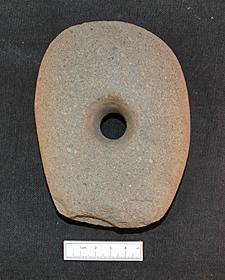
This Mesolithic stone adze was found near a house© Guard Archaeology
The remains of Neolithic dwellers are thought to come from a nearby ceremonial complex excavated by Manchester University diggers more than a decade ago, unearthing three concentric rings of timber posts initially spotted through aerial photography.
No bone survived in either of the cists the necklaces were found in, although archaeologists are planning chemical tests to deduce whether the bodies had been removed from graves or ritually deposited during the late third and second millennia BC.
They say the necklaces are of “exceptional” quality, originating from Yorkshire in the first examples of their kind to be found in Scotland during recent times.
Of the 20 cremations, the remains of an adult were carried by one wholly intact urn. Three barrows were excavated, with a very finely serrated transverse flint blade piquing “particular interest” from the investigators.
Six Iron Age roundhouses point to only the second Iron Age village ever found in Galloway, dating from around 2,000 years ago and containing evidence of metalworking and a Romano-British Iron Age brooch. Experts observed uncertainty over the impact the Romans had on the community, having used a Roman road which passes close to the site.
In other discoveries, knapping waste and more than 13,500 flint microliths were attributed to a “core focus” of Mesolithic activity by occupants likely to have exploited the nearby resources of fish, shellfish and hunting grounds. Beaker pottery could also be linked to European immigration.
The new bypass route, the A75, was chosen to avoid disturbing archaeology and cropmarks. The remains were discovered during the removal of topsoil.
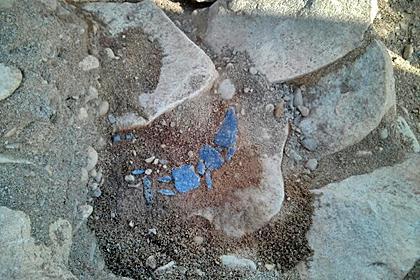
The Neolithic Bronze Age jet necklaces are very rare© Guard Archaeology
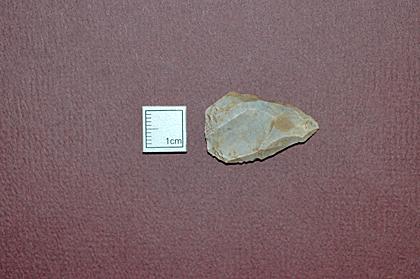
A leaf-shaped flint arrowhead© Guard Archaeology
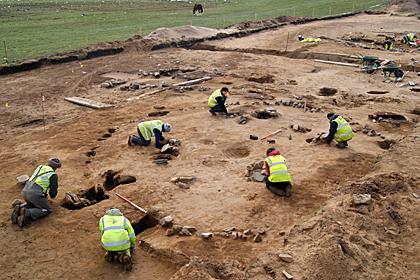
An Iron Age Round House© Guard Archaeology
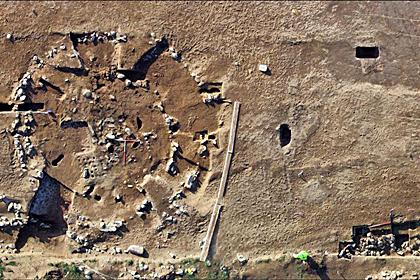
An overhead view of the roundhouse© Guard Archaeology
PART.2